When you just start gardening, your knowledge of how to do it may be deceptively simple. Take a seed, put it in some soil, add water, and voila! Couldn’t be easier, right? And while this approach is a wonderful way to start, the beginner may notice that some sprouts do better than others. Surely there’s more to gardens than that initial formula.
And of course, there is. Once you decide to make a plot and get some food grown, the world of gardening expands exponentially. The list of factors that an experienced gardener takes into consideration includes soil pH, soil temperature, crop rotation, heirloom seed saving, weed suppression, and fertilizer needs — to name a few. That simple act of putting a seed in the soil can become a delightfully complex endeavor.
Probably one of the most important things for the new gardener to learn is how to enrich their soil so the plants have plenty of what they need to grow strong and healthy. A strong plant is far more resistant to drought, pests, and disease — and is more productive, too.
Enter nitrogen.
Why Nitrogen Is Important
If you ever browse the weird-smelling fertilizer aisle at a hardware store, the importance of this soil nutrient becomes readily apparent. Though there are dozens of necessary micronutrients, and things not completely understood about the amazing biome in the soil layer of your garden, three nutrients have been identified as particularly crucial, and they’re the ones used to formulate fertilizers.
That core trio of ingredients is comprised of nitrogen, phosphorous, and potassium rendered in the familiar N-P-K shorthand, or in three hyphenated numbers. The first number in those lineups tells you the ratio of nitrogen for the mix.
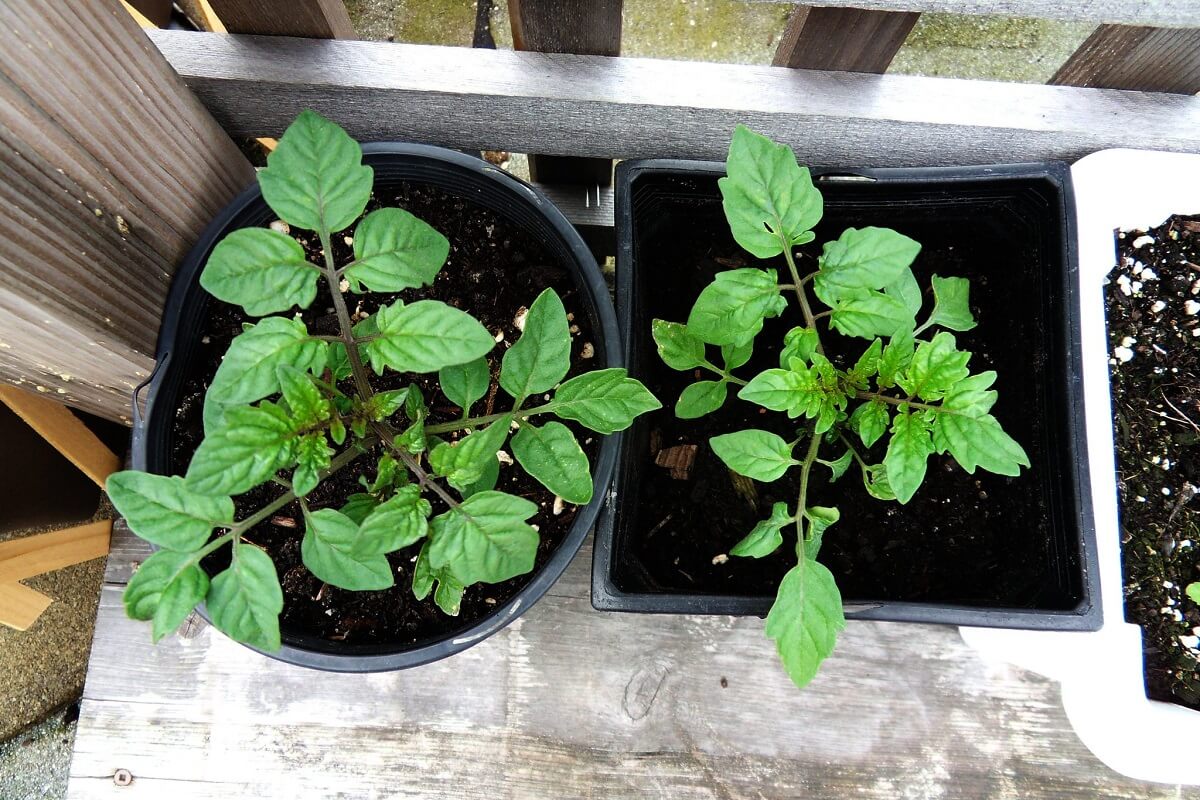
So why does nitrogen get top billing? I suppose it’s because nitrogen’s importance to plant growth can’t be overstated. You may remember from elementary science that plants convert sunlight into energy through photosynthesis. You might also remember that chlorophyll is the all-important green pigment that captures sunlight and gets the whole process started. Nitrogen is actually a part of the chlorophyll molecule. It’s also a huge element of the plant’s protoplasm — the stuff that makes up their growing cells.
So even if botany isn’t your forte, I hope you can see the absolute importance of nitrogen to any photosynthesizing green plant. Without nitrogen, the plant can’t manufacture energy, grow, or live — which is why it’s important to know what plants need it, and how to add nitrogen to soil.
Plants That Need Nitrogen
Now, obviously the basic answer to that question is “every plant.” Without adequate nitrogen, plants turn yellow, wither, and die. But not every plant needs the same amount, and as your learning how to add nitrogen to soil, you’ll come to realize that too much nitrogen can hurt just as much as too little.
Not every plant needs a ton of nitrogen to flourish. In fact, an indiscriminate, thick layer of nitrogen may take away the yields of much of your produce. Nitrogen promotes vigorous leafy growth, so when it comes to plants that grow big and leafy, a boost of nitrogen can be great news. But when it comes to growing fruits, flowers, and tubers, excess nitrogen may inhibit the formation of flowers. No flowers means no fruit. And no fruit means a disappointing yield from a green, leafy garden.
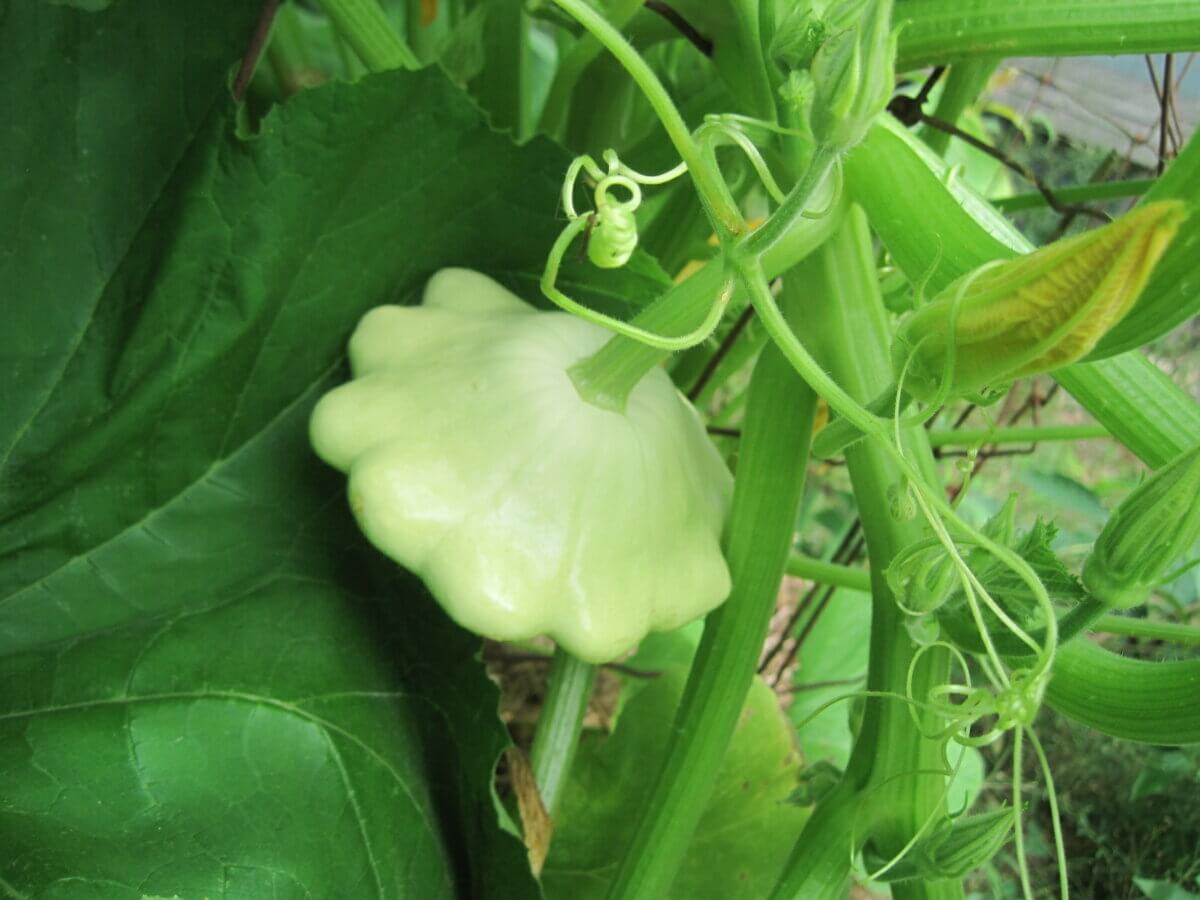
I’ll tell this cautionary tale from my very first year gardening. Before I knew anything beyond soil+seed+water = food (hopefully), I had a vague notion that manure was good for a garden. Not knowing that there could be too much of a good thing, I filled the raised beds of my new garden with straight-up horse manure. That year I grew a lot of squash — and pretty much nothing else. I had no idea the reason my other plants were failing was too much nitrogen!
So though it’s not a hard and fast rule, plants that put out a lot of growth and grow big leaves usually benefit from a fertility boost with some extra nitrogen. Corn, squash, Brussel sprouts, and rhubarb are just a few of the garden greats that will be even greater if given adequate soil nutrition.
You can overdo it with some fruiting plants, though. While tomatoes, for example, are classified as “heavy feeders” in some gardening books, it doesn’t mean they simply need a diet of nitrogen fertilizer. Too much will result in lots of leaves and few fruits.
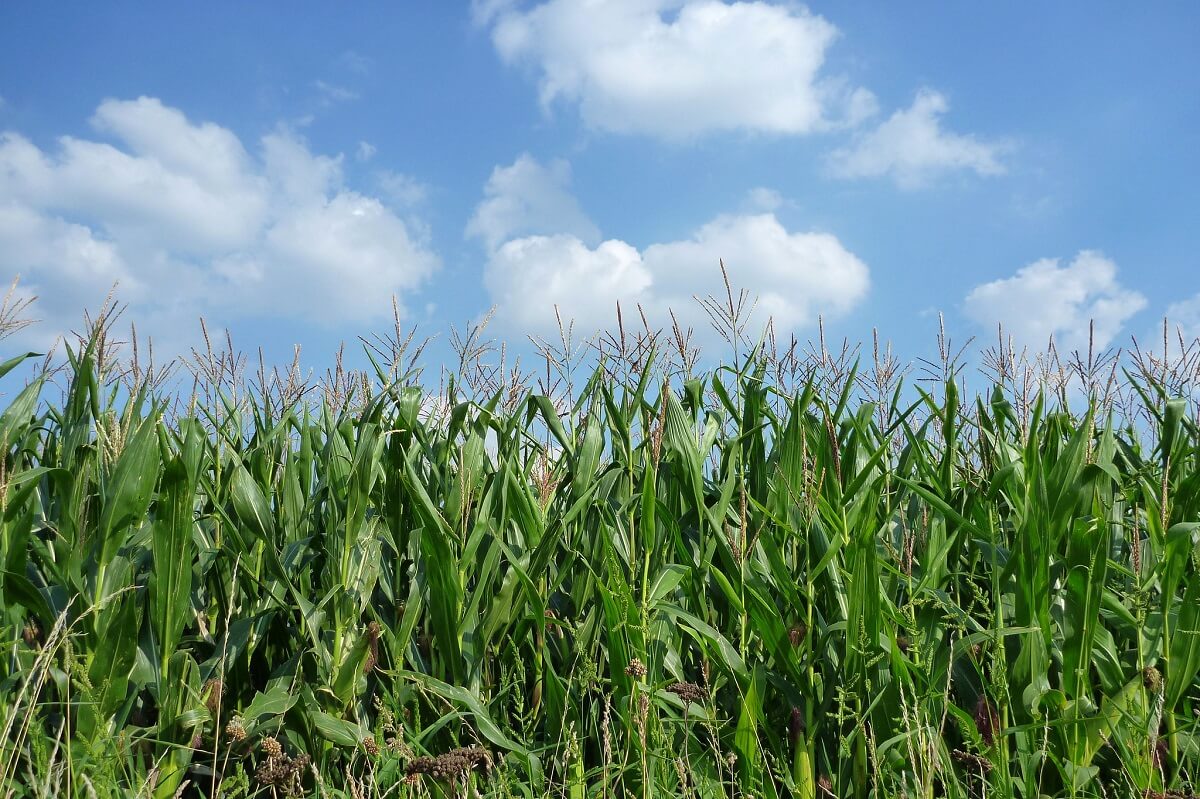
And some plants will actually fail to grow if given too much nitrogen. The flowers of Echinacea or Cosmos may even refuse to produce blooms if the soil is too rich and they thrive on neglect, instead. The large legume family — peas, beans, cowpeas, and their many cousins — don’t need nitrogen added to the soil as they actually put nitrogen into the soil for you.
Now, while that array of information may make a new gardener’s head spin, I promise you don’t need a chemistry degree to have a successful garden. In fact, I would argue that you don’t need to buy a single bag of nitrogen fertilizer in order to provide nitrogen for your plants. Let’s talk about why as we delve into the next section and explore some sources of nitrogen and how to add it to soil.
Sources of Nitrogen and How to Add Nitrogen to Soil
There are three main sources of nitrogen that I’ll discuss in this article: artificial, plant-derived, and manure-derived. Let’s go through the options and see what fits best with your philosophy and gardening style.
Plant-Based Sources of Nitrogen
Since plants need nitrogen to grow, it stands to reason the plants themselves could be a good source of nitrogen. And indeed, decomposed plant material tilled into the soil, can provide a valuable and renewable source of this vital nutrient. If you have access to plant material, a place to compost it, and the will to do things for yourself, you can harvest your own nitrogen (as well as lots of other soil nutrients).
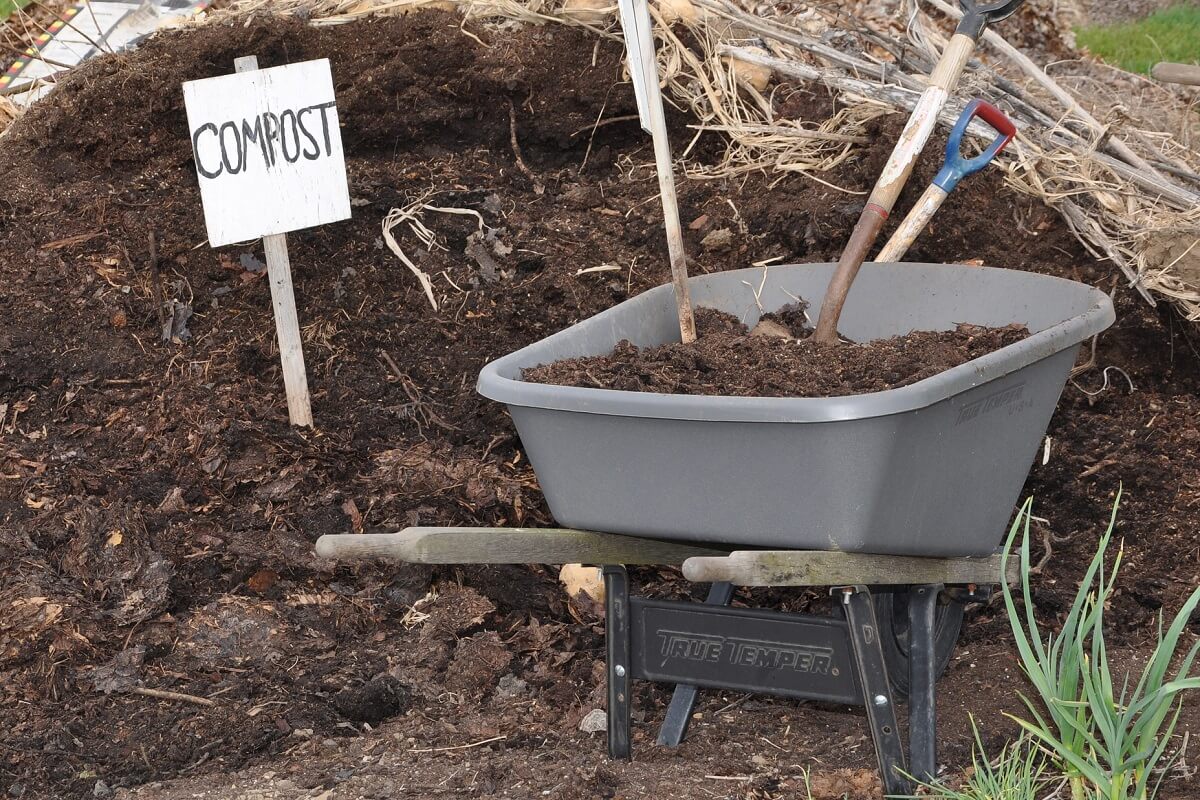
Rather than giving a single-ingredient chemical additive to the soil, compost offers a complex meal to the soil biome that both builds up the soil’s organic matter and provides nutrition to the living networks of creatures, fungi, bacteria, and plants. Of course, you can buy bagged compost, but you don’t have to. There are so many local and accessible sources of soil fertility all around that require neither plastic packaging nor a trip to the store, and they may be free to boot.
Here’s some potential options for how to add nitrogen to soil.
Legumes and Green Manures
As previously mentioned, legume family plants have the ability to capture nitrogen from the air and make it accessible in the soil for other plants to use. How nice of them! You can try planting legumes in a garden bed as a preparation for a nitrogen-needing crop the following season, or you can put the garden to sleep for the winter under a nitrogen-fixing cover crop.
Kitchen Compost
All your unprocessed vegetable and fruit scraps from the kitchen are a great source of goodness for the garden (if you’re not already feeding them to the worm bin or chickens, that is).
Related Post: How to Make Compost Tea
If you’re unsure where to start, Insteading has lots of articles on how to compost and build your soil’s organic matter. Though the specific amount of nitrogen in kitchen compost is impossible to guess, it’s safe to say there is some, and it’s good enough.
Fresh Grass Clippings
As long as they’re not sprayed with pesticides, grass clippings are an excellent, high-nitrogen addition to both the garden and compost pile. Either let them decompose for next year’s planting, or use them as a mulch directly in the garden to both suppress weeds and slowly break down into the soil.
Used Coffee Grounds
Our coffee-loving culture produces literally tons of the stuff every day. Compost your coffee grounds or add them directly around your plants for a slow-release dose of nitrogen and soil-conditioning goodness. And don’t worry about making your soil acidic, most or all the water-soluble acid in coffee comes out when the coffee is brewed.
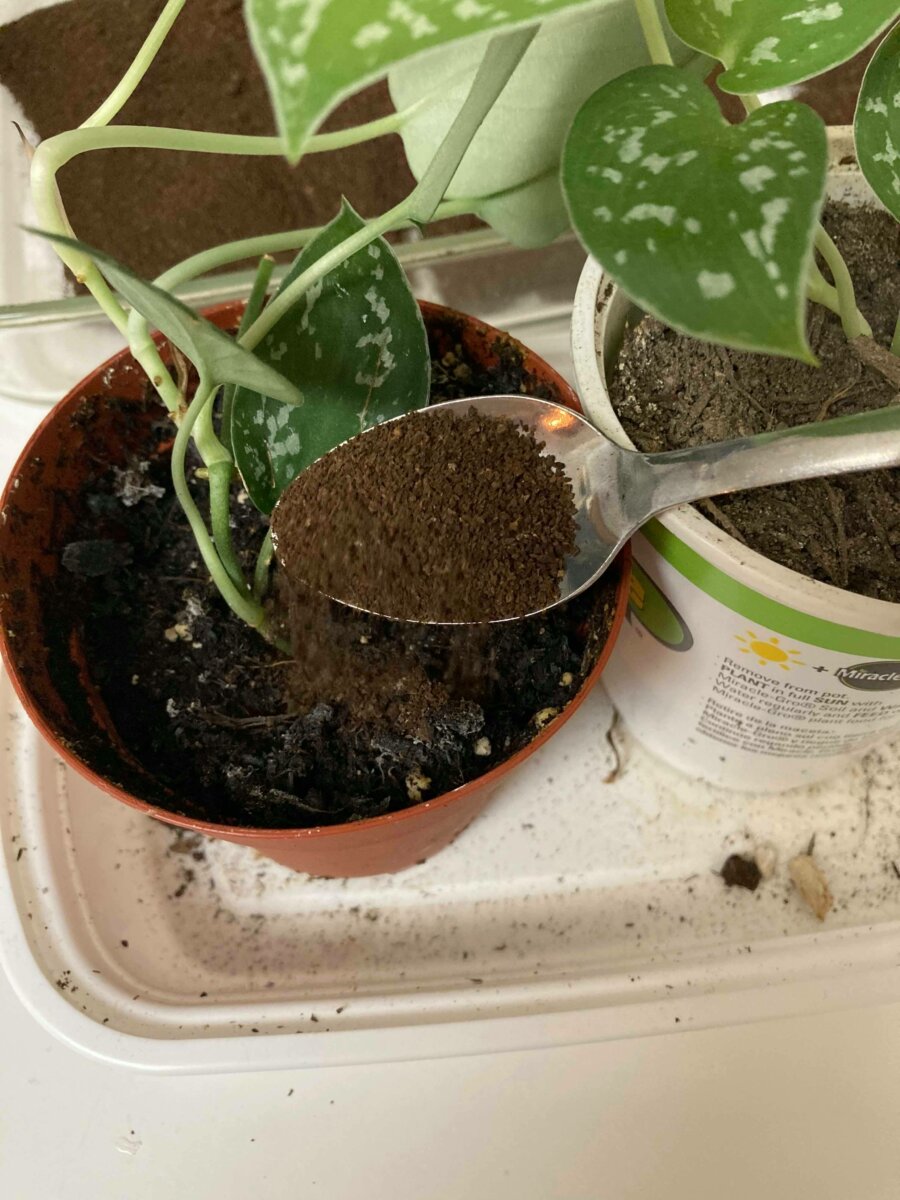
Of course, one way to utilize all these plant-based nitrogen sources is to make a big compost pile for all the above. Grass clippings, coffee grounds, kitchen scraps, and pretty much any disease-free plant material can be combined and composted to create a balanced fertilizer that invigorates your soil, feeds your plants, and supports the activities of the bazillions of beneficial micro flora and fauna to make your garden grow and thrive.
As long as there are lots of different materials included in the compost pile, you really don’t need to worry about whether or not there’s enough nitrogen. It’s there. In the thousands of years before artificial fertilizers, this is the way that plants got their nutrition. Whether they were trees nourished by rotting material on the forest floor, or ancient farm fields nourished by compost as far back as 2334 BC (and probably farther). It worked then. It works now.
A compost pile really shouldn’t be an option when it comes to the gardener’s domain. It should be seen as necessary as the soil itself.
Manure-Based Sources of Nitrogen
Most popular garden books and websites discuss sourcing nitrogen with long lists of potential sources: coffee grounds, alfalfa meal, cottonseed or soybean meal, blood meal, etc.
While these are certainly useful sources of nitrogen, in my experience-based and strong opinion, these resources are tiptoeing around an elephant in the garden. The truth is (and it’s a truth that ancient and modern homesteaders and small farmers have known for centuries) the absolute best source of renewable, accessible, and constant nitrogen is manure of all sorts.
Related Post: Why Manure Is The Unsung Hero of the Homestead
Teaching gardeners to depend on far-shipped materials such as fish emulsion or kelp meal, or industrial byproducts like blood meal, is a somewhat cruel turn of education; it paints an inaccurate picture that true soil fertility is only achievable if you can afford bags and bottles of materials the vast majority of you can’t possibly make yourself. Nothing can be further from the truth. Since every living thing that eats also produces waste, anyone who has access to manure has access to a rich source of soil-enriching nutrients.
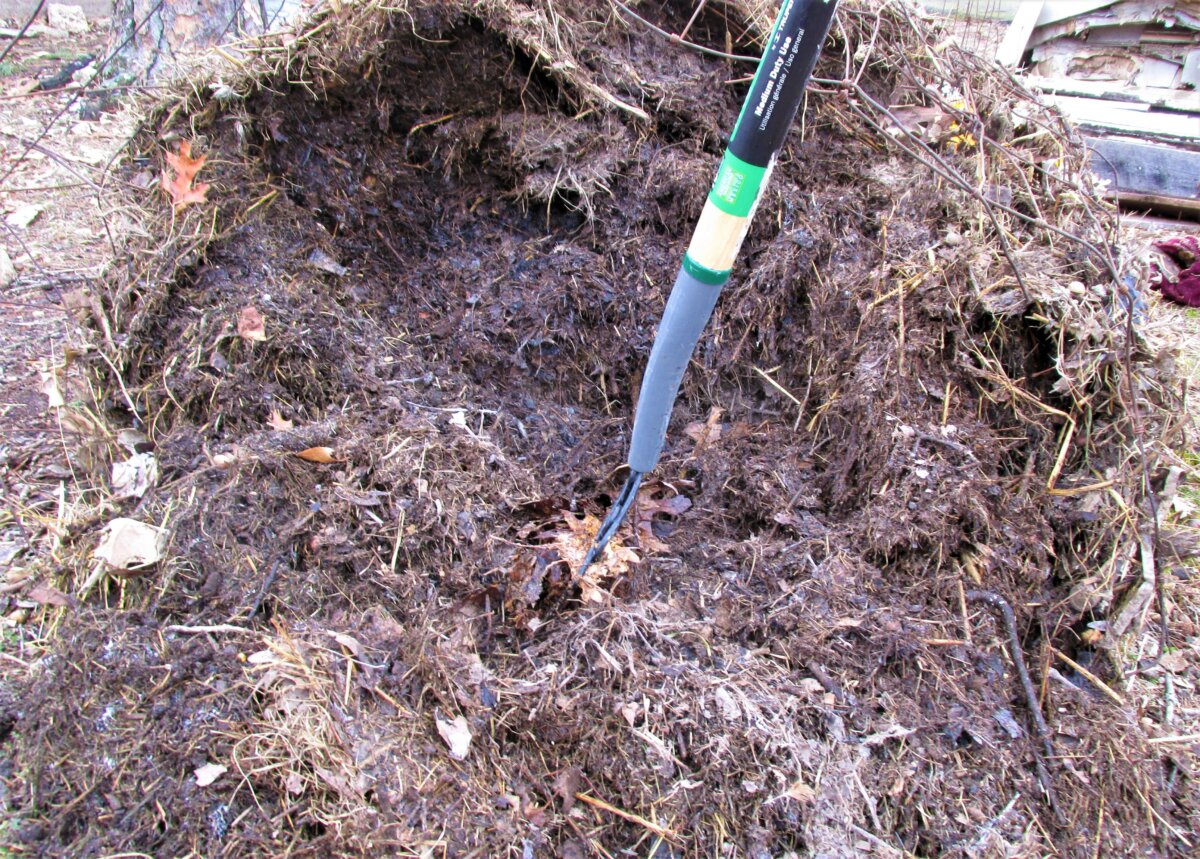
Your livestock, both mammals and poultry, are making nitrogen fertilizer every day. Now, like any potent fertilizer, animal manure needs to be handled properly. Most animal manures need to be composted for at least a year before being applied. If you use natural bedding for your livestock, composting is really as simple as piling up the soiled bedding in a convenient location, letting it do its thing, and then applying it to the garden once the next growing season rolls around.
Managing manure will require a bit of infrastructure such as building a set-apart area to let it age. I recommend putting it somewhere between the barn or coop and the garden so you have easy access for both filling and emptying. Once you get a good setup for your specific space, you will have a rich source of soil fertility that is constantly renewed.
I know that many of my gentle readers may skip over this next section, as our modern society has made it anything but palatable, but for you intrepid few who are looking for the most renewable and most accessible source of nitrogen (and are willing to think outside the fertilizer bag) there is an additional option. You don’t need to look any further than yourself.
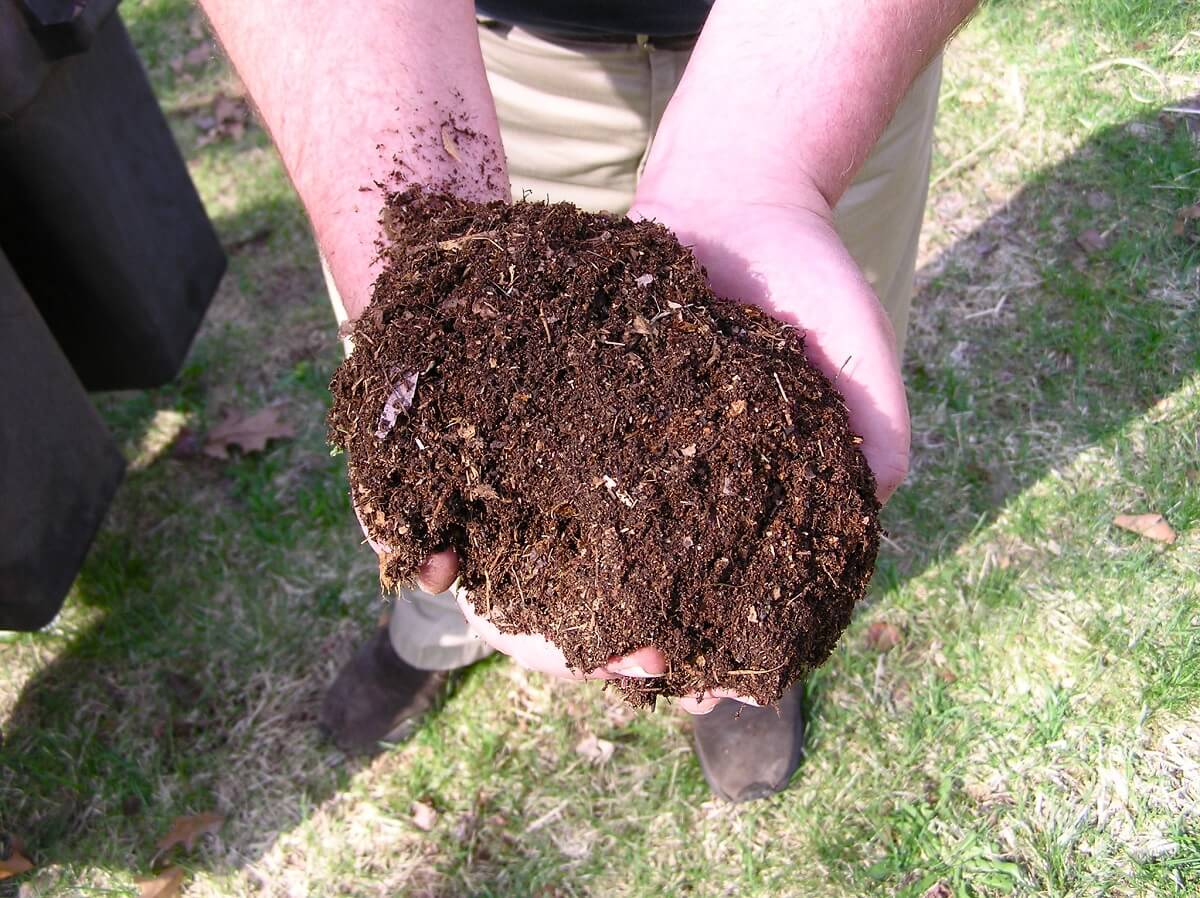
Even if you don’t own livestock, every living human still has a super-rich, useful source of nitrogen that they themselves can process and produce. In most current circles, the discussion of humanure (it’s exactly what it sounds like) is verboten and taboo. But I really think that’s a shame.
With a lot of research, the proper infrastructure, and thoughtful handling, a composting toilet can be an effective, earth-friendly, renewable source of soil fertility that cancels out your homestead’s contribution to sewage pollution, and fills the nitrogen need without a trip to the garden store.
I won’t get into the specifics of that for this article, but if you are willing to look into it, the well-researched resources on this functional, useful, and clean system (such as the oft-cited Humanure Handbook) are freely available online. I wrote an article on building your own composting toilet system earlier. It’s chock-full of resources and battle-tested tips.
So, for the few of you out there who are serious about finding real, sustainable, long-term solutions to managing organic soil fertility, you need to grapple with the idea of capturing every source of nitrogen to keep your gardens growing green and strong. The manure produced by all the living things on your land — yourself included — is too valuable to ignore or waste.
Artificial Sources of Nitrogen
Bias alert: I loathe artificial fertilizer. I can never recommend it because the unsustainable and wasteful nature of producing artificial agricultural nitrogen is mind-blowingly shortsighted if you take a look at how it’s produced. But since I don’t expect you to always agree with me, and since it’s important to the discussion, let’s talk about how it’s made so you can decide what you want for your land.
Modern fertilizer factories produce tons of nitrogen fertilizer through the Haber process. Those artificial fertilizers are typically petrochemical byproducts harvested from land-destroying enterprises that pump crude oil and natural gases to the surface.
It is said that plants can’t distinguish this artificial nitrogen from the infinitely complex natural sources of soil fertility that also include nitrogen, but I think that line came from the marketing department who peddles this product, not reality. Natural fertilizers feed the soil as well as the plant, allowing the world of microflora and fauna to render minerals and nutrients more available to growing plants in a still-being-understood manner of exchange.
Artificial nitrogen doesn’t work as currency in the natural soil economy, so its long-term use eventually renders the soil little more than a lifeless, growing medium. And, since it’s such a potent punch of pure nitrogen, it is absorbed with lightning speed, rather than taken up by the soil biome and broken down over time. When it rains, the inevitable excess still trapped on the soil surface is often washed away in runoff and enters waterways (this is why algae blooms happen — all that nitrogen causes an explosion of growth).
To summarize: While it’s your choice what you buy, you can surely do better than buying the unbelievable waste of artificial nitrogen, especially if you’re taking care of a backyard garden or homestead food plot. There are abundant natural sources that are far superior for soil health and don’t add to the already broken system of nitrogen mismanagement that’s polluting the world’s water.
As an interesting side note, it’s important to be aware that some sewage treatment plants produce fertilizers from that unspeakable material separated from the water. Delicately called “sludge,” this solid created from the combination of toilet-flushing, road-spill, sink-draining, and waste from other industrial processes, is heated, dried, and repackaged as soil amendments. And while I suppose it does salvage some nitrogen from being flushed downstream, the purported safety of using microplastic-riddled and medication-laced fertilizer is questionable at best.
My advice is to avoid sludge-derived fertilizers at all costs. You’ll have to do some research on your own as these products are marketed under benign names such as “Dillo Dirt,” “Chesapeake Sunshine,” and “We Care Compost” (click here for more products containing sludge) that belie their sewage-y origins).
Growing a lush, productive garden is something everyone can and should have the ability to accomplish. If this article offers anything, I hope it’s the assurance that you don’t need to shell out tons of money at a garden store to grow your own beautiful, clean, organic produce. The very resources you need to provide for yourself are more accessible than you may realize.
What are your methods for putting nitrogen back into your gardens? Do you have any other tips for how to add nitrogen to soil? Let us know in the comments below!




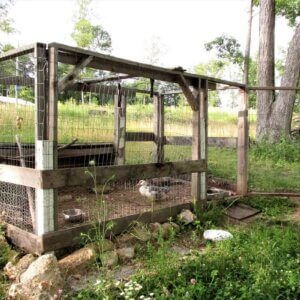
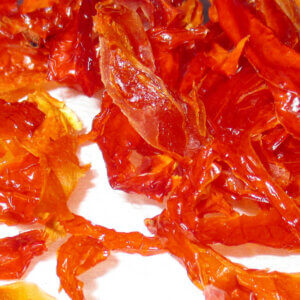



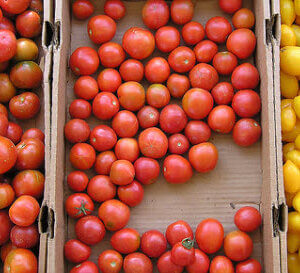
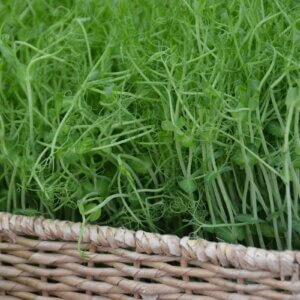




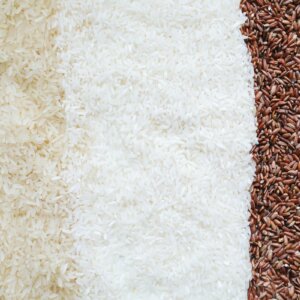

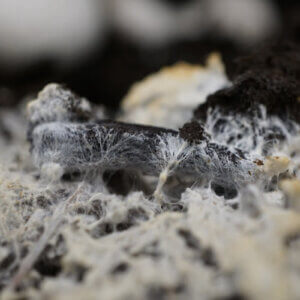
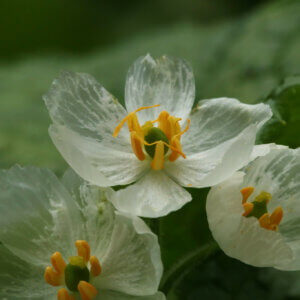

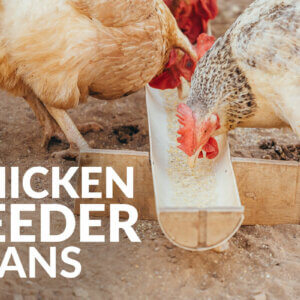
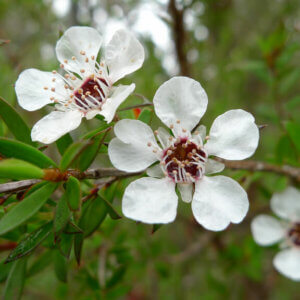
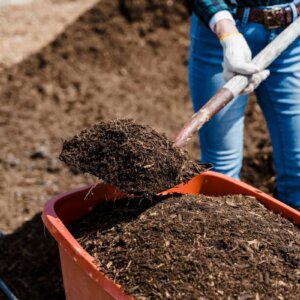

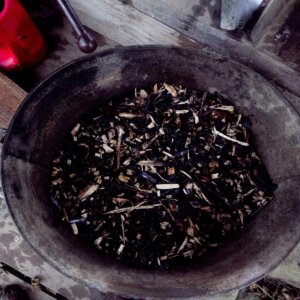
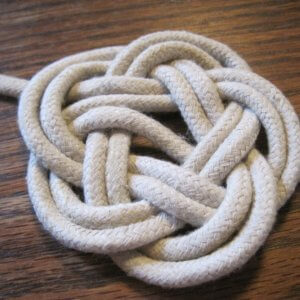





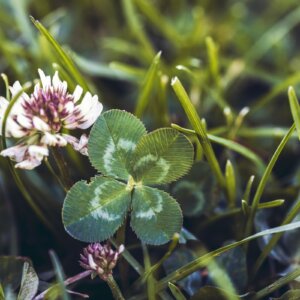
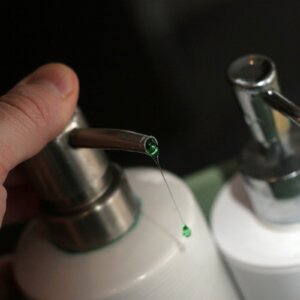
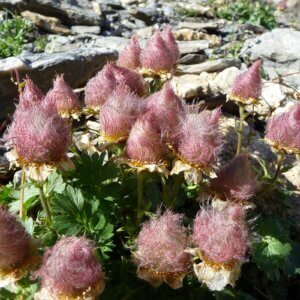
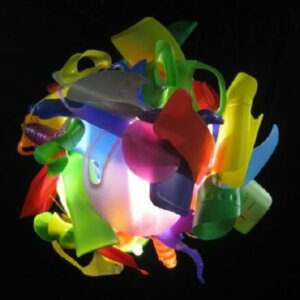



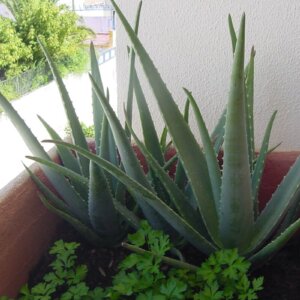
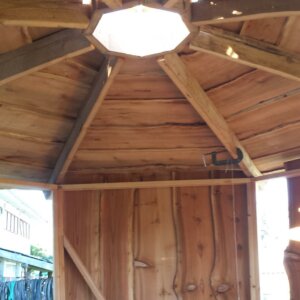

Great Article! I have found using Hairy Vetch as a late-season cover crop to be an excellent nitrogen-fixing crop.
Thank you for mentioning that the nitrogen fertilizer that factories produce. I am starting a new business this summer. I will find a good food plot management service for this actually locally.
Excellent post. Thanks